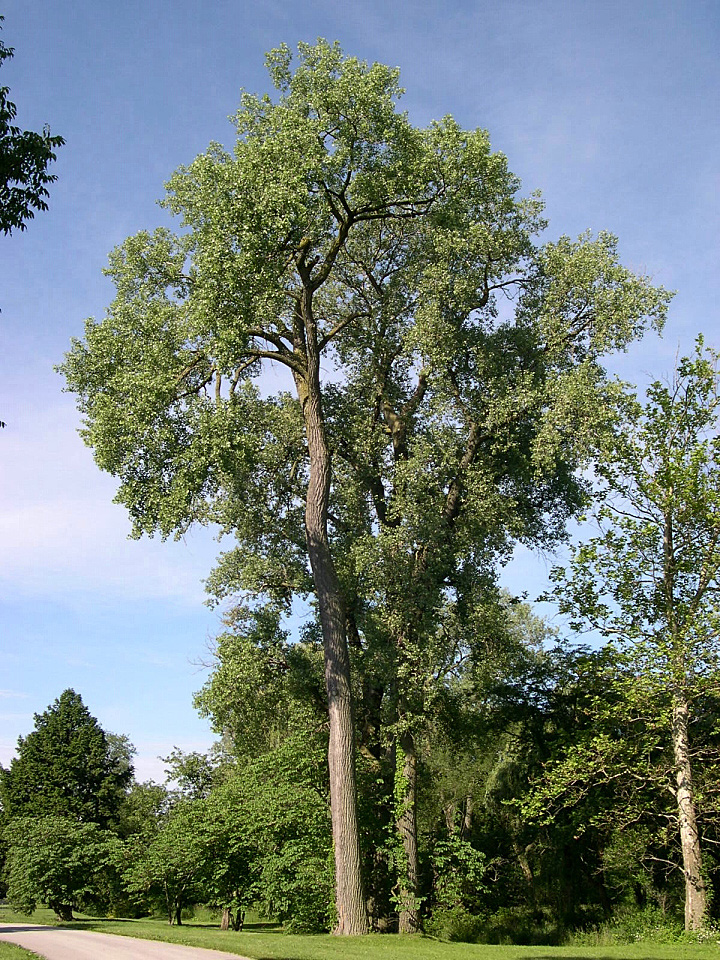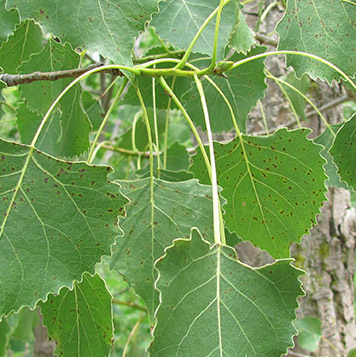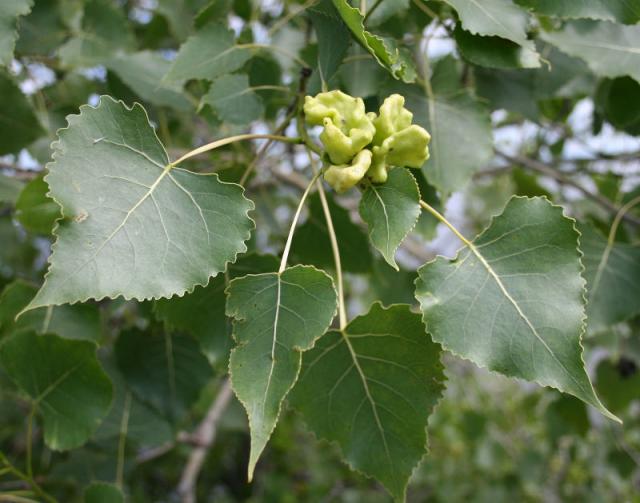eastern cottonwood tree facts
Eastern cottonwood trees are classified as having a fair value for most wildlife species including songbirds game birds and game mammals. The bark is smooth and silvery-white when young and becomes hard gray and deeply fissured as the tree matures.

Facts About Cottonwood Trees Gardenerdy
The eastern cottonwood is one of the fastest growing species native to North America averaging around 5 feet of height growth per year and growing as much as 13 feet in the first year.
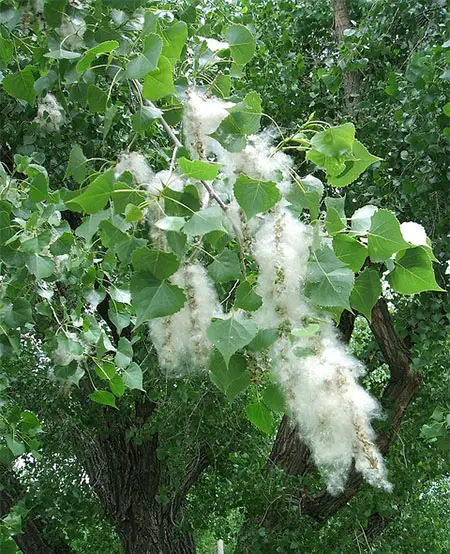
. They are dark green above and a much paler green below. The base of each leaf is coarsely toothed. Bartram ex Marshall Mathew Beziat Maryland Plant Atlas.
Eastern cottonwood is also called Carolina poplar eastern poplar necklace poplar and Ãlamo. Upper sides of the leaves are a dark green and the undersides are pale. For example the northern Great Plains which hosts eastern cottonwood trees provides about 50 percent of deer habitats and 70 percent of the habitats for the sharp tailed grouse.
A towering native a cottonwood tree soars and spreads growing more than 100 feet tall and almost as wide. The leaves of the eastern cottonwood are broad and slightly triangular. Flowers on the eastern cottonwood species are reddish on male trees and yellowish-green on female trees.
It can reach more than 100 feet in height up to 190 feet and 6 feet in width trunk. The leaves of the Eastern cottonwood are 5-10 cm long triangular heart-shaped with a pointed tip. Flowers on the eastern cottonwood species are reddish on male trees and yellowish-green on female trees.
Eastern cottonwood is a fast-growing tree it grows 6 feet per year. The thick bark of the eastern cottonwood protects the interior sensitive wood from injury. Perennial Flowers Moneyplant.
Eastern cottonwood is a large fast-growing tree found along streams rivers and lowland areas. 80 to 100 ft Width. Deltoides is located in Beatrice Nebraska and measures 27 m 88 ft tall 33 m 108 ft wide.
Its growth may exceed 10 feet in height its first year about 5 feet in height in each succeeding year and about 1 inch in diameter per year. The eastern cottonwood can be seen throughout Minnesotas landscapes in the urban environment as well as natural areas. Eastern cottonwood leaves are triangular deltoid with curved teeth along the edges.
Along with Eastern Cottonwood scientific classification is also importantPlant family is the group of plants which have something in common. Eastern cottonwood Populus deltoides Fremonts cottonwood. It grows best on moist well-drained.
It is native to eastern North America through the Midwest and Chicago region. In the wild cottonwood grows along rivers ponds and other bodies of water. It also has 3-5 warty glands at the base of the leaf blade.
Eastern Cottonwood is a large fast growing species native to North America. Leaves are simple opposite large and oval almost heartshaped. Its a cherished shade tree often planted in parks.
Female and male catkins are clustered and they are separate trees the male ones are red while the. Eastern Cottonwood family is the family in which it has some properties in common with other plants in. The leaves turn yellow in fall.
Fun facts about your tree. It also thrives in floodplains and dry riverbeds where infrequent rains transform dry land into waterways. Interesting Eastern cottonwood Facts.
Eastern cottonwoods can be identified by their blocky ashy-gray bark which has extremely thick flat-topped furrowed ridges on mature trees. Both are long catkins. Interesting Eastern cottonwood Facts.
Due to its large size weak wood and penetrating roots it is best used on large properties away from residential areas. Ash Tree and Eastern Cottonwood allergy should be known before planting these plants. The Eastern Cottonwood Populus deltoides is one of the largest North American hardwood trees although the wood is rather soft.
There are a variety of characteristics that you can count on as useful tree identification aids. This tree which grows rapidly is typically found on the floodplains of rivers and streams but is sometimes cultivated. Cottonwood makes its best growth on moist well-drained fine sandy loams or silt loams.
Crown is oblong-shaped and 75 feet wide Eastern cottonwood has thick bark which prevents damage of the inner delicate wood. In the fall the leaves turn yellow. Facts About Eastern Cottonwood Trees Cottonwoods are made up of three different tree species.
Vegetables Lambs Lettuce. The US national champion Populus deltoides var. 35 to 60 ft Common characteristics.
Eastern cottonwoods are dioecious meaning trees are either male or female. The young tree has smooth yellow-green bark. Ash Tree and Eastern Cottonwood allergy should be known before planting these plants.
Each leaf has 2025 rounded teeth per side and no teeth on the tip or near the leaf stalk. Read on for more cottonwood tree facts. The Eastern Cottonwood is both a fast growing and a short-lived tree.
Guy Bush of Tupelo was one of the most valuable players with the Chicago Cubs. The Balmville Tree felled in 2015 at approximately 316 years old was the oldest eastern cottonwood in the United States. Eastern cottonwood Populus deltoides one of the largest eastern hardwoods is short-lived but the fastest-growing commercial forest species in North America.
2 to 9 Height. The grayish bark usually has distinct ridges and the shiny triangular leaves are distinctive. The leaves of this species are an important food source for the larvae of many species of butterflies and moths.
This species is sometimes called a poplar tree. Cottonwood tree identification. The tree is short-lived very fast-growing and can take over an open area if left alone.
Eastern cottonwoods typically live 70100 years but they have the potential to live 200400 years in ideal conditions. Its growth may exceed 10 feet in height its first year about 5 feet in height in each succeeding year and about 1 inch in diameter per year. Some improved clones in some tree plantations have yielded trees that grew up to 10 feet per year.

Cottonwood Tree All You Need To Know About Environmental Earth
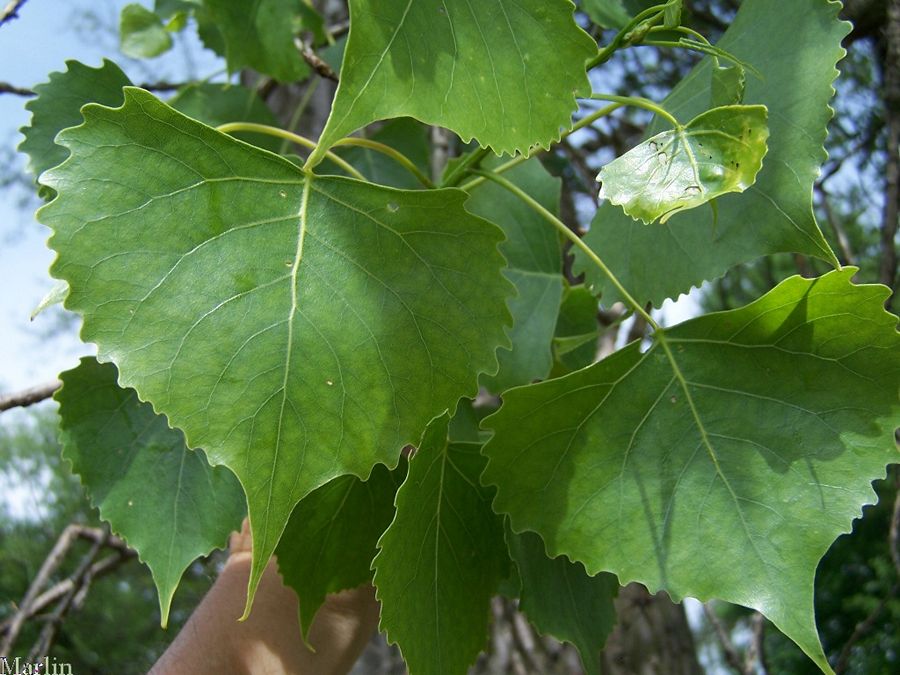
Eastern Cottonwood Populus Deltoides North American Insects Spiders
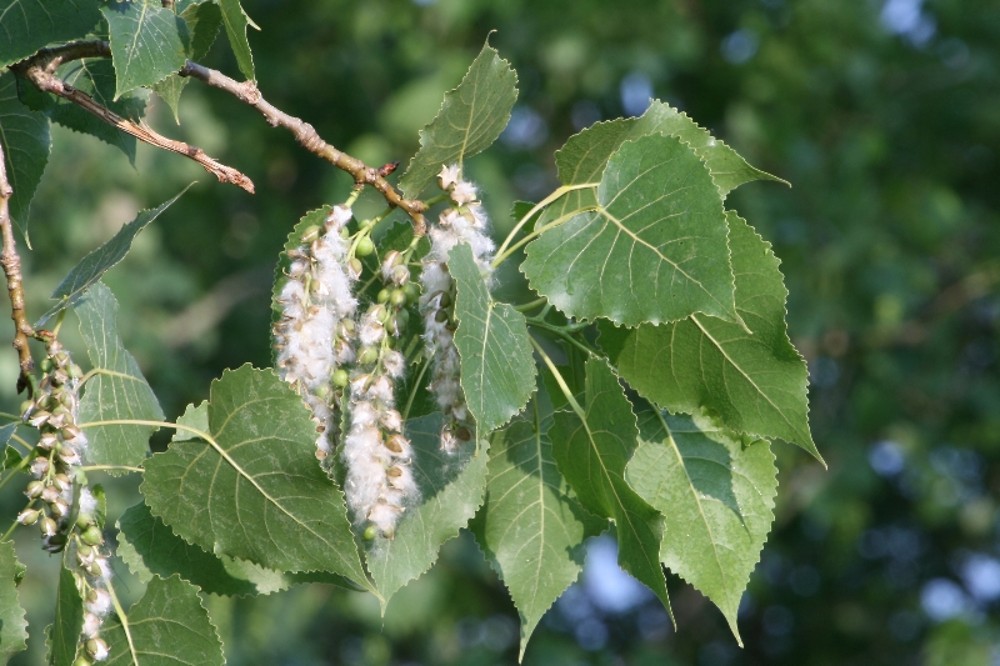
Populus Deltoides Eastern Cottonwood Necklace Poplar Go Botany

Facts About Cottonwood Trees Gardenerdy
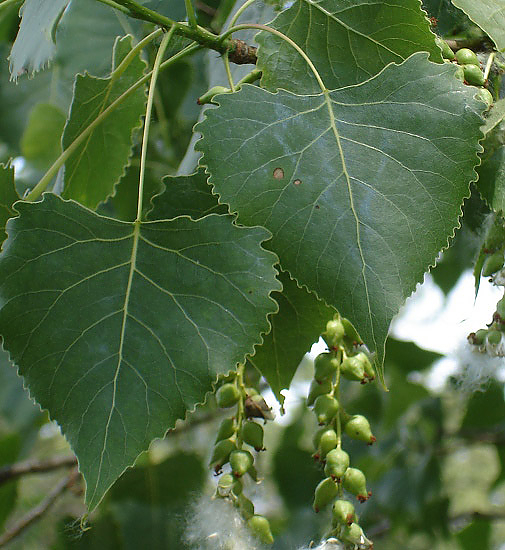
Eastern Cottonwood Landmark College

Eastern Cottonwood North Central Region Bottomland Hardwood Management Guide

Cottonwood Trees Of Manitoba Inaturalist

Facts About Cottonwood Trees Gardenerdy
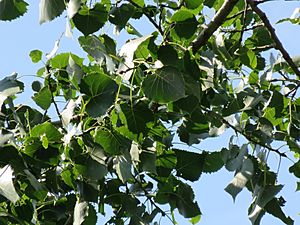
Eastern Cottonwood Facts For Kids

Virginia Tech Dendrology Fact Sheet

Cottonwood Eastern Cottonwood Poplar Eastern Cottonwood Southern Cottonwood Mdc Teacher Portal

Eastern Cottonwood Tree Southern Native Trees
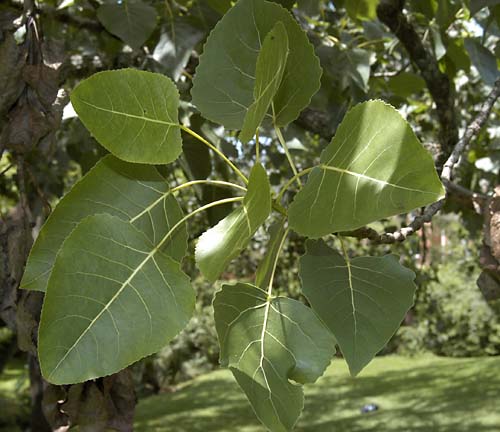
Populus Deltoides Eastern Cottonwood Salicaceae

Cottonwood Tree Guide Identification Of Eastern Leaves Seeds More

3 Types Of Cottonwood Trees Home Stratosphere
